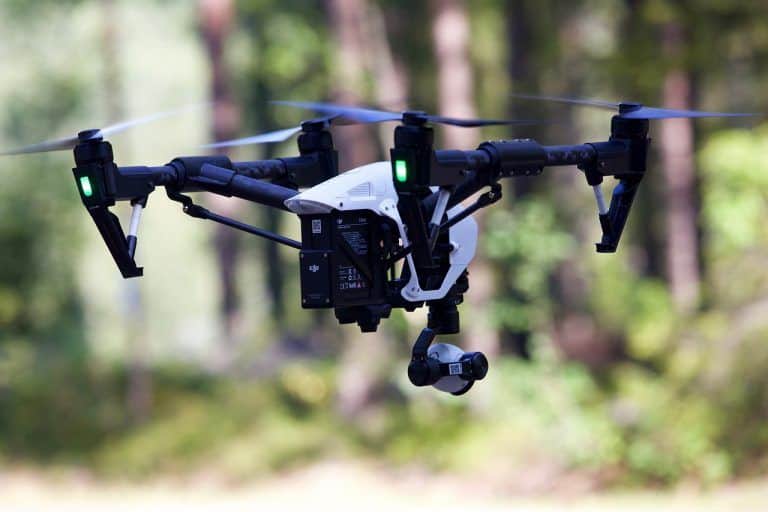Best Practices for Building a Resilient Timing Network
Introduction to Timing Networks
In our increasingly interconnected world, timing networks play a pivotal role in maintaining the synchronicity and functionality of modern infrastructure. These networks provide the precise timing signals essential for various applications across industries such as telecommunications, finance, and transportation. By ensuring accurate timekeeping, they underpin critical systems like cellular networks, stock exchanges, and navigation services. However, despite their significance, timing networks can be vulnerable to disruptions, making resilience a top priority for organizations.
Assessing Vulnerabilities
The first step in fortifying a timing network is understanding its vulnerabilities. Common issues include GPS dependency, cyber threats, and physical tampering. GPS, while widely used for timing due to its global availability and precision, can be susceptible to jamming, spoofing, and signal loss. Cyber threats, such as malware and hacking, can compromise the integrity of timing data, leading to cascading failures in dependent systems. Physical tampering or accidental damage to infrastructure can also disrupt timing services. Recognizing these weaknesses is crucial for developing strategies to mitigate risks and ensure network reliability.
Diversification Strategies
To combat vulnerabilities, diversification is key. This involves implementing a multi-layered approach to time synchronization that does not rely on a single source or technology. Incorporating multiple time sources, such as time servers that leverage GNSS systems, terrestrial time signals, and atomic clocks, can reduce dependency on any single point of failure. Additionally, employing advanced synchronization techniques, such as network time protocol (NTP) and precision time protocol (PTP), enhances accuracy and resilience. Diversification not only safeguards against specific threats but also ensures continuous operation under various conditions.
Advanced Technologies and Innovations
Embracing advanced technologies and innovations can further strengthen timing networks. Quantum timing solutions, for example, offer unprecedented accuracy and stability, surpassing traditional atomic clocks. These quantum devices are less susceptible to environmental changes and can maintain accurate time for longer periods without external inputs. AI-driven anomaly detection, another innovative approach, utilizes machine learning to identify and respond to irregularities in timing data, helping to preempt potential disruptions. By incorporating these cutting-edge solutions, organizations can future-proof their timing networks against evolving threats.
Implementation Best Practices
Building a resilient timing network requires careful planning and execution. Best practices include:
Thorough Planning: Define clear objectives and requirements for the timing network, considering the specific needs of the organization and the systems it supports.
Redundancy: Implement redundant time sources and network paths to ensure continuous time service even if one source fails.
Security Measures: Employ robust security protocols to protect against cyber threats. Regularly update software, use secure communication channels, and restrict access to essential personnel.
Regular Testing and Maintenance: Conduct periodic testing to evaluate the network’s performance and resilience. Maintain hardware and software components to prevent failures due to wear and tear or obsolescence.
Continuous Monitoring: Utilize monitoring tools to track the health and accuracy of the timing network in real-time. This allows for immediate detection and remediation of issues.
Education and Training: Ensure that staff are knowledgeable about the timing network and its importance. Regular training can help prevent human errors and improve response times to incidents.
By adhering to these practices, organizations can enhance the reliability and security of their timing networks.
Real-World Applications of Timing Networks
Finance
In the world of finance, precision timing is not just a necessity; it’s an absolute requirement. Financial institutions, stock exchanges, and trading platforms rely on highly accurate timing networks to timestamp transactions. This precision ensures fairness and transparency in markets where milliseconds can mean the difference between significant profit and loss. For example, in high-frequency trading (HFT), traders use algorithms to move in and out of positions in fractions of a second. Here, timing networks synchronize these trades to the exact time, maintaining order and preventing disputes among traders. Moreover, regulatory frameworks like MiFID II in Europe mandate strict timestamping requirements for financial transactions, further underscoring the critical role of timing networks in the finance sector.
Public Safety Answering Points (PSAPs)
For emergency services, timing networks are vital in ensuring efficient and effective response. PSAPs, also known as emergency call centers, rely on precise timing to accurately log and respond to emergency calls. When a call is made, timing data helps in coordinating the dispatch of services and ensuring that help arrives as quickly as possible. Furthermore, in the era of Next Generation 911 (NG911) systems, timing accuracy becomes even more critical. These advanced systems use data-rich applications, requiring synchronized time stamps for effective data integration and real-time response. Accurate timing ensures that responders have the correct information at the right time, potentially saving lives in emergency situations.
Defense
In the defense sector, timing networks are foundational for a wide range of operations, from navigation and reconnaissance to communication and cyber defense. Precise timing enables the synchronization of operations across different units and platforms, enhancing overall mission effectiveness. For example, GPS timing is used to coordinate movements and operations of troops, vehicles, and aircraft across vast geographical areas. In naval operations, timing networks synchronize the launching of coordinated missile strikes, where timing discrepancies of even milliseconds can lead to mission failure. Additionally, in cyber defense, accurate timing is critical for logging and tracing activities within networks, helping to detect and mitigate cyber threats in real-time.
In each of these sectors, the resilience and accuracy of timing networks are not just beneficial but necessary for operational integrity and effectiveness. By ensuring that these networks are robust and reliable, organizations and institutions can maintain high levels of performance, security, and service delivery.
Conclusion and Future Outlook
Building a resilient timing network is essential for maintaining the integrity and functionality of modern infrastructures. By assessing vulnerabilities, diversifying time sources, embracing advanced technologies, and following best practices for implementation, organizations can safeguard their operations against disruptions. Looking forward, the evolution of timing networks will likely incorporate more sophisticated technologies, such as quantum timekeeping and AI, offering even greater accuracy and resilience. As these advancements unfold, staying informed and adaptable will be crucial for maintaining robust timing solutions in an ever-changing technological landscape.





